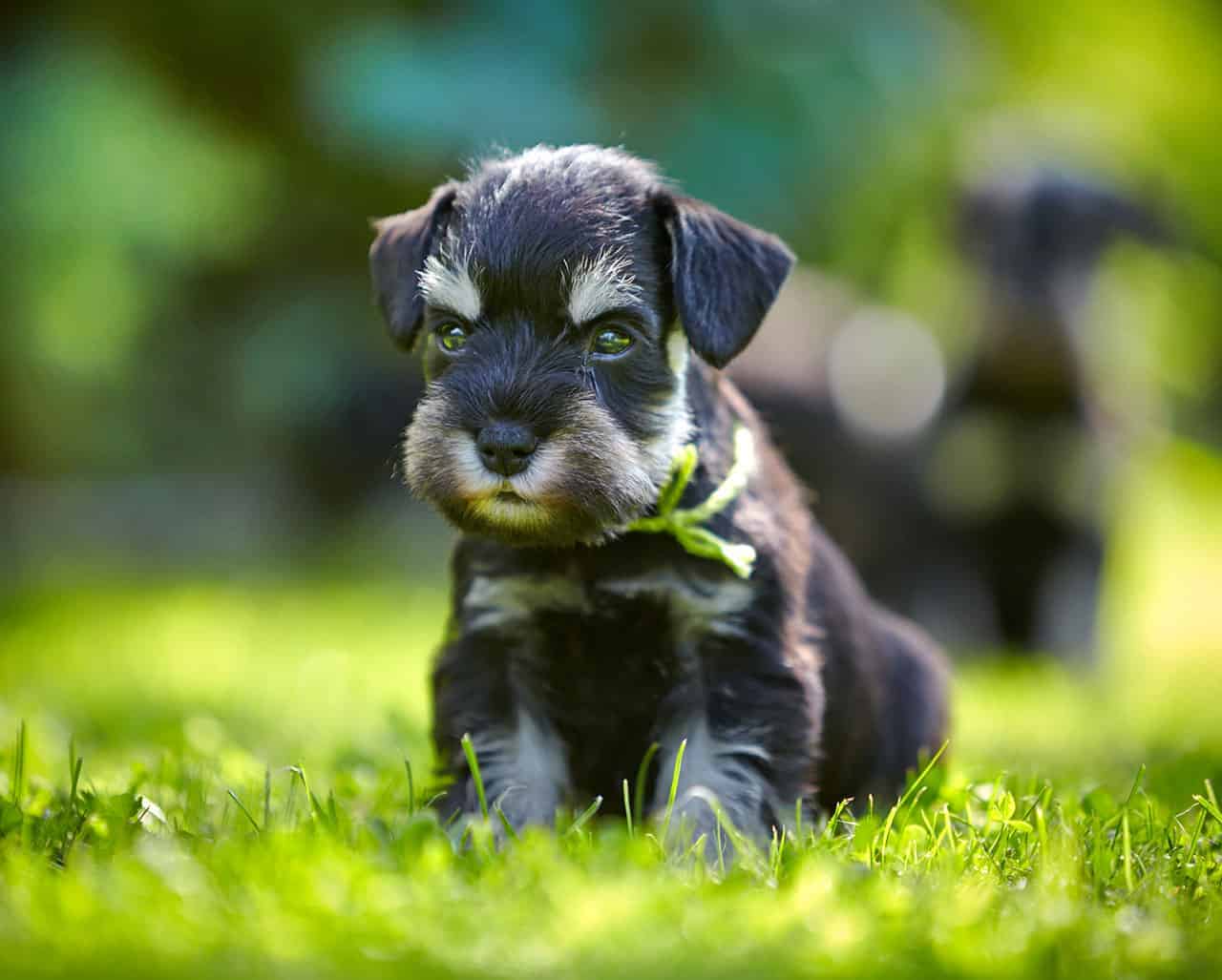How To Train Your Puppy To Be Alone
Bringing home a new puppy leads to lots of busy work on your part. They need to be house trained, socialized with other dogs, and taught how to behave. But most importantly, you need to teach your dog how to be left alone.
Dogs are very sociable animals, and most benefit from being kept with other pets. However, if this isn’t an option, make sure you spend time teaching your dog how to deal with you leaving the house. As a standard rule, you should really avoid leaving them alone for more than 8 hours. This should help minimize the likelihood of accidents or destructive behavior.

The first thing to do is establish a space your dog associates with being left alone. A crate, or bed in a closed room, are perfect choices. The point should be that your dog has somewhere it knows is its own space, and should ideally keep them away from the rest of your house. One of the most important things is to not train your dog to associate this area with negativity. So, for example, don’t send them to bed if they’ve been naughty.
Once you’ve set up your area, you need to train your dog to enjoy it. One of the best ways to do this is to feed them meals or treats in the crate or room. Also, you can give them special toys to play with. This will help your dog to realize that it’s a fun place to be in. As soon as your dog is happy to enter the crate without any enticement, you can begin training them to be left alone.
Rather than leaving them while you go to work straight away, it’s best to do this part gradually. That way you can begin to wean out any bad behaviors associated with being left alone. Typical signs of anxiety in puppies are wailing, crying, biting, and chewing. To combat these, make sure they always have something to do so they don’t get bored.
Begin by shutting your dog in their space and then leaving the room. Make sure you come back straight away the first time, and give them a treat as a reward. Gradually increase the amount of time they’re left over the course of a few days, but don’t leave them for more than a few minutes initially. As they get used to the idea of being left alone, you can build it up even more. Just don’t make too much fuss when you come back, otherwise your puppy will begin to expect something every time.
The most important thing to remember is not to let your puppy out if they’re crying, and you should really avoid checking on them altogether until the time is up. The key is to be patient and consistent. After all, it’s no different than dealing with a small child. Over time your puppy will get used to being alone, and you can go to work with worrying about them.

